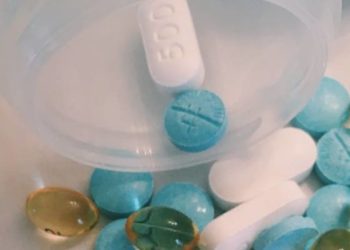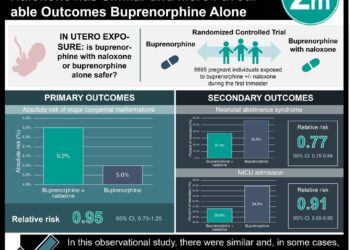Altering electronic medical records may increase naloxone prescriptions
1. This quantitative study found that adding an easy way to prescribe opioids within the hospital electronical medical record system increased hospital naloxone prescription rates.
2. Visual reminders and a more intuitive ordering experience may increase naloxone prescription rates.
Evidence Rating Level: 2 (Good)
A staggering number of Americans use opiates for nonmedical reasons. Intranasal naloxone is a commonly used rescue medication for opioid overdoses. In order to combat this epidemic, New York state implemented the Internet System for Tracking Over-Prescribing (I-STOP), which requires physicians to review a patient’s medication history before prescribing any new medications. However, it is not known whether logistical hurdles integrated within programs like I-STOP, such as the complex ordering process, hinder naloxone prescriptions to treat opioid overdose.
This quantitative study implemented a clinical decision support system within the I-STOP note to streamline naloxone prescription and compared amounts of naloxone prescribed prior to, and post intervention at the James J. Peters VA Medical Center (Bronx, New York). The new system was launched July 1, 2019; pre-intervention data was collected from May 1-June 30, 2019, and post-intervention data was collected from July 1-August 31, 2019. The intervention involved researchers adding another section within the I-STOP that added an option to prescribe intranasal naloxone as well as several other follow-up questions. The primary outcomes of the study were the number of naloxone orders and the number of providers who prescribed naloxone with the system, which were compared pre-intervention to post-intervention.
After these modifications, intranasal naloxone prescriptions increased by more than three-fold (from 65 to 203 orders) across the hospital with this more intuitive platform. However, there were limitations to this study: Electronic medical record setups differ widely at institutions, so this implementation may not be easily reproducible at other locations. Despite these limitations, this study was significant as it provided one avenue to increase the availability of life-saving naloxone through electronic medical record automation.
Click to read the study in Journal of Addiction Medicine
Image: PD
©2021 2 Minute Medicine, Inc. All rights reserved. No works may be reproduced without expressed written consent from 2 Minute Medicine, Inc. Inquire about licensing here. No article should be construed as medical advice and is not intended as such by the authors or by 2 Minute Medicine, Inc.







